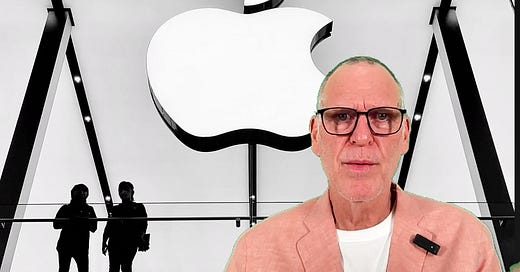Belt and Road update
Episode 8 covers Cambodia's Techo Funan Canal & China's involvement & investment attitude as well as an update on risks to the Belt & Road in West Asia, Red Sea, Mediterranean, Africa & Ukraine.
Check out my Multipolar Peace friends on YouTube below.
https://teacup.media/chinahistorypodcast
Transcript
















Share this post